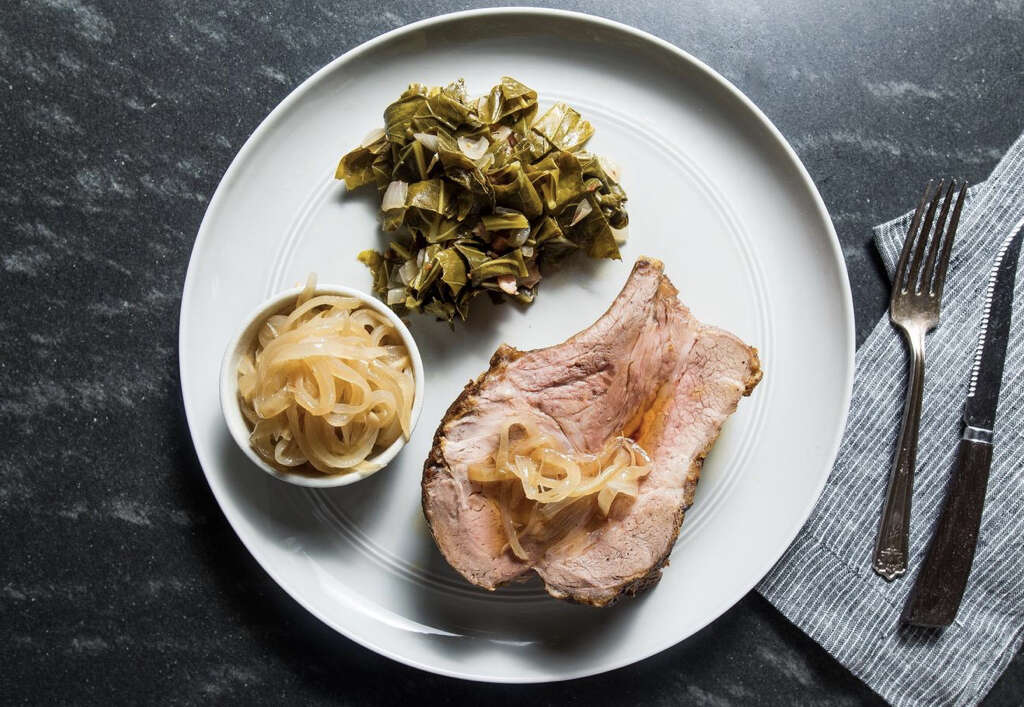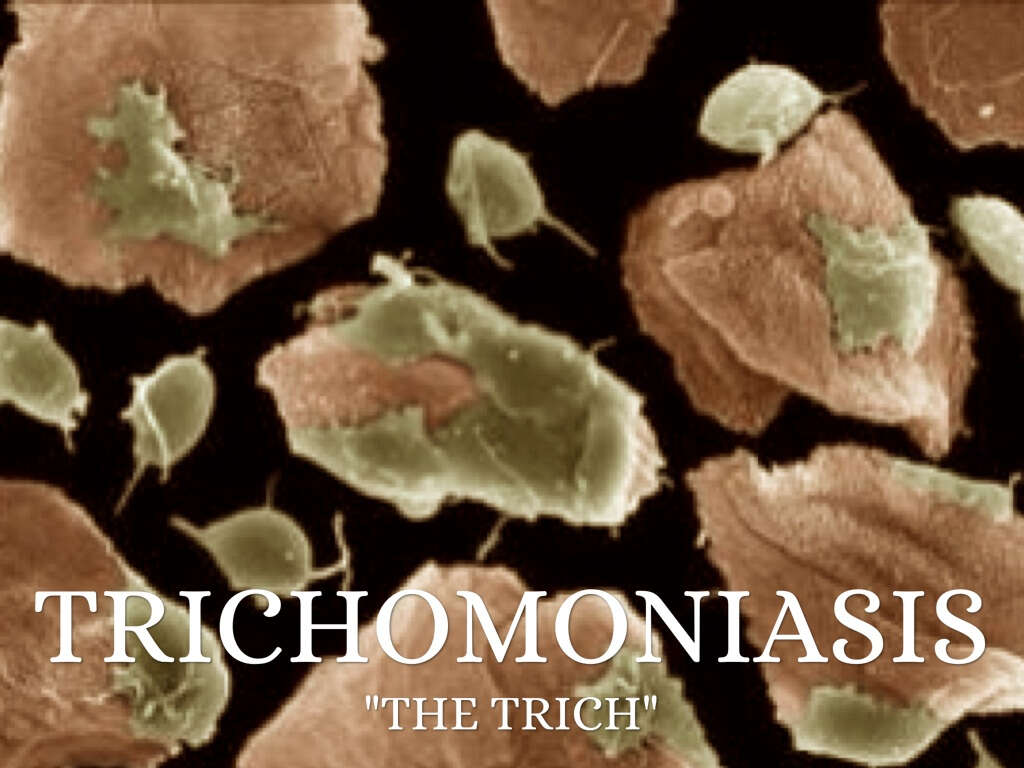What Is Trichinosis?
Trichinosis is caused by roundworm infection and is common among carnivorous and omnivorous animals. It’s spread to humans by eating raw or undercooked meat of these animals. While some symptoms can be minor, others are severe. The parasitic disease is also known as trichinellosis.
Learn more about trichinosis and find out how to identify, prevent and treat this disease. Learn more about the risk factors and find out how common this parasitic disease is in the United States. With a few prevention strategies, you can reduce the risk of contracting this disease.
1. What Are the Causes of Trichinosis?
There are many wild animals that host the roundworm parasite. These host animals include bears, foxes, wild boars and domestic pigs. Eating undercooked or raw meat is the most common cause of trichinosis, particularly raw or undercooked pork.
Once meat reaches an internal temperature of 145 to 160 degrees Fahrenheit for at least three minutes, it is typically safe for consumption. Trichinella lives in animal intestines for several weeks and then produce larvae. Larvae then spread throughout the animal’s muscles and other tissue. Consuming this tissue is the primary cause of trichinosis. The parasitic disease cannot be spread from one person to another.
2. What Animals Carry Trichinosis?
The most common source of the disease in humans is from eating pork. Domestic pigs, however, aren’t the only animals that can be host animals for this parasite. Roundworms can be found in horses, wild boars, foxes, bears and even walruses. Pork is the most common meat that may carry trichinosis, but use care when processing and eating wild game.
These animals can be infected by eating a host animal, garbage or other scraps. Beef has appeared to be linked with cases of trichinosis, but these cases are caused by grinders and other processing equipment that was contaminated by infected pork products.

3. Are There Common Symptoms?
The most common symptoms of trichinosis include fever, vomiting, nausea, diarrhea, fatigue and abdominal discomfort. In some cases, more serious symptoms are present, such as chills, muscle pains, aching joints, face and eye swelling and difficulty breathing and coordinating movements. Some severe cases are fatal.
The duration and severity of symptoms can vary, but most cases experience reduced symptoms within a few weeks. Symptoms rarely continue past a few months. The severity of symptoms depends on treatment options and other factors, so be sure to act quickly if you spot the signs of trichinosis in you or a loved one.
4. When Will Symptoms Appear?
Most stomach symptoms appear within the first few days after infection. Abdominal pain and discomfort are the first common symptoms, followed by further symptoms after two to eight weeks. Diarrhea and fatigue can last for several months, but most symptoms end within the first few weeks after the infection.
Many cases of trichinosis go undiagnosed. Unless severe symptoms are present, this illness appears to be a case of the flu or other common illness. The severity and length of symptoms vary depending on the number of worms consumed in the contaminated meat.

5. Are There Any Prevention Strategies?
The best prevention method is to thoroughly cook pork and wild game. Undercooked meat is a common cause of infection throughout the world. In the United States, wild game is a more common source of infection, so careful handling and preparation of wild boar, bear and other meat is an important prevention strategy.
Curing, smoking, drying and microwaving meat isn’t recommended for pork or wild animal meat. These preparation methods don’t always kill roundworms, so avoid these preparation methods without proper precautions. Freezing pork for 20 days can kill worms, but this isn’t an effective method for wild game.
6. Can Eating Pork Cause Trichinosis?
Regulations have made pork an unlikely source of trichinosis in the United States, but some cases are still caused by improper cooking and consumption of wild animals. Pork not prepared in a commercial facility may be infected with roundworms, but otherwise, infection rates are very rare. Domestic pigs that are not raised commercially may not have been inspected and regulated, so they may be host animals for roundworms.
Even with the low rate of infection and thorough regulations, it is still recommended to properly cook pork products. Proper preparation is an effective prevention method and dramatically reduces the likelihood of becoming ill.

7. How Common Is the Disease?
From 2011 to 2015, there was an average of 16 cases per year of trichinosis in the United States. This makes it a very rare illness, though some cases may have gone undiagnosed. Proper preparation and hygiene practices significantly reduced the number of cases in the United States, though cases remain high in other parts of the world.
There were no reported deaths caused by trichinosis between 2002 and 2007 in the United States, though the disease caused an average of 10 to 15 deaths between 1947 and 1951. The number of cases and mortality rates of trichinosis significantly decreased in recent years.
8. What Are the Treatment Options?
The diagnosis procedure involves either a blood test or muscle biopsy. These procedures can verify whether the symptoms are caused by trichinosis or another illness. After a positive test, the treatment options can depend on the severity of the case. Ask a medical professional about diagnosis and treatment options for a specific case.
After a positive test of trichinosis, individuals can receive prescription medication. Some medical professionals recommend medication before the results of a laboratory test, depending on the severity of symptoms and the risk of exposure to raw or undercooked pork or other meat.

9. Is It Contagious?
Thankfully, the spread of trichinosis is limited to the spread of infected meat. Individuals cannot spread the disease except through contact with contaminated meat. While you don’t have to be concerned with exposure to an infected individual, be sure to practice proper hygiene to prevent the spread of contaminated meat and processing equipment.
Cleaning meat grinders, knives, cutting boards and hands is the best way to prevent the spread of trichinosis to other individuals. Removing the risk of larvae being present in meat products prevents the spread of the parasitic disease caused by roundworm larvae.
10. What Worm Causes Trichinosis?
The specific type of parasitic worm that causes trichinosis is the trichinella roundworm. However, there are different types of worms, depending on the host animal. Some roundworms in bears and other wild game are slightly different than the type found in pigs. These wild game roundworms can be freeze resistant and more difficult to remove.
Despite the type of worm, the symptoms can be similar. The same test, treatment options, symptoms and prevention strategies apply, so follow these steps to ensure you remain healthy while handling pork or wild game.











